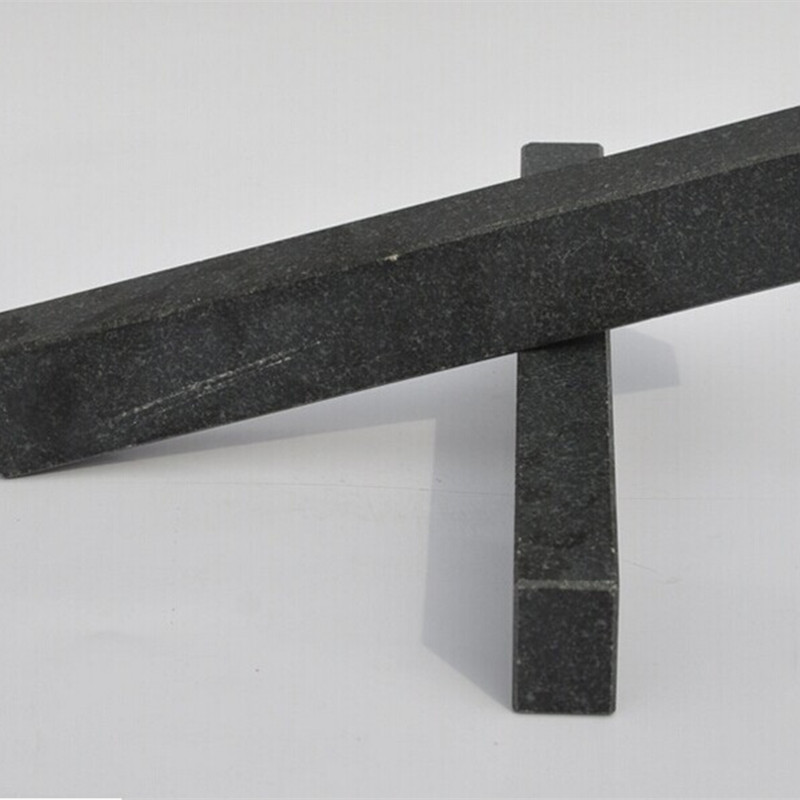Dec . 25, 2024 17:02 Back to list
Understanding Thread Ring Gauge Standards for Precision Measurement in Manufacturing
Understanding Thread Ring Gauge Standards
Thread ring gauges are essential tools in the field of precision engineering, especially in the manufacturing of threaded components. These gauges are designed to measure the external threads of screws, bolts, and other fasteners, ensuring that they conform to established specifications. A fundamental aspect of their effectiveness lies in the thread ring gauge standards, which provide guidelines for their design, manufacturing, and use.
What Are Thread Ring Gauges?
A thread ring gauge is a circular tool that is internally threaded to match the specific thread profile it measures. They come in various sizes and thread forms, such as Unified National, Metric, and British Standard threads. These gauges are typically used to check the pitch diameter, major diameter, and sometimes the minor diameter of the threaded fasteners. By utilizing ring gauges, manufacturers can ensure consistency and quality in their products.
Importance of Standards
Standards for thread ring gauges are crucial for multiple reasons. They guarantee compatibility among different manufacturers and ensure that products can be interchanged without issues. Standardization helps in minimizing errors during production and measurement, which can lead to defective parts and costly rework. In an era of globalization, adhering to international standards is critical for companies looking to tap into global markets.
Key Standards and Specifications
Several well-recognized organizations set these standards. The International Organization for Standardization (ISO), the American National Standards Institute (ANSI), and the National Aerospace Standards (NAS) are among the key organizations that provide guidelines for thread gauge specifications.
For instance, ISO 1502 specifies the fundamental rules for the design and use of thread gauges, ensuring that they are compatible with ISO threads. Similarly, ANSI/ASME B1.3 outlines the specifications for general-purpose screw thread gauges in the United States.
thread ring gauge standard

These standards cover various accuracy levels, gauge tolerances, and materials, enhancing the reliability of measurements. They also specify the manufacturing processes, which can include modern techniques like CNC machining, ensuring that the gauges maintain precision and durability.
Types of Thread Ring Gauges
Thread ring gauges can be categorized into two main types Go and No-Go gauges. The Go gauge is designed to accept the acceptable limit of the thread, while the No-Go gauge is intended to reject any thread that does not meet the specifications. This dual-gauge setup allows for precise quality control in manufacturing processes.
Calibration and Maintenance
Regular calibration of thread ring gauges is essential to ensure their continued accuracy. Gauges should be calibrated according to the defined standards to avoid any deviations that could lead to measurement errors. Proper maintenance includes cleanliness and storage in protective cases to prevent physical damage, which could compromise their accuracy.
Applications in Various Industries
Thread ring gauges are widely used across various industries, including automotive, aerospace, construction, and manufacturing. Each of these sectors requires adherence to strict quality controls due to safety and performance requirements. For instance, in the aerospace industry, the failure of a single bolt can have catastrophic consequences; thus, the use of quality gauges is non-negotiable.
Conclusion
In conclusion, thread ring gauges and their associated standards play an indispensable role in ensuring the quality and precision of threaded components across industries. By adhering to these standards, manufacturers not only maintain consistency and reliability but also enhance their competitiveness in the global market. Understanding and implementing thread ring gauge standards is key to ensuring that the products meet the expected performance criteria and safety requirements, ultimately leading to greater efficiency and customer satisfaction.
-
Why Metric Trapezoidal Thread is Ideal for Precision Motion ControlNewsAug.05,2025
-
The Unique Properties of a Block of Granite for Industrial UseNewsAug.05,2025
-
The Role of Flanged Y Strainers in Preventing Pipeline ClogsNewsAug.05,2025
-
The Importance of Regular Calibration for Master Ring GagesNewsAug.05,2025
-
How a Cast Iron Surface Table Enhances Accuracy in ManufacturingNewsAug.05,2025
-
Comparing Different Check Valve Types for Optimal Flow ControlNewsAug.05,2025
Related PRODUCTS









